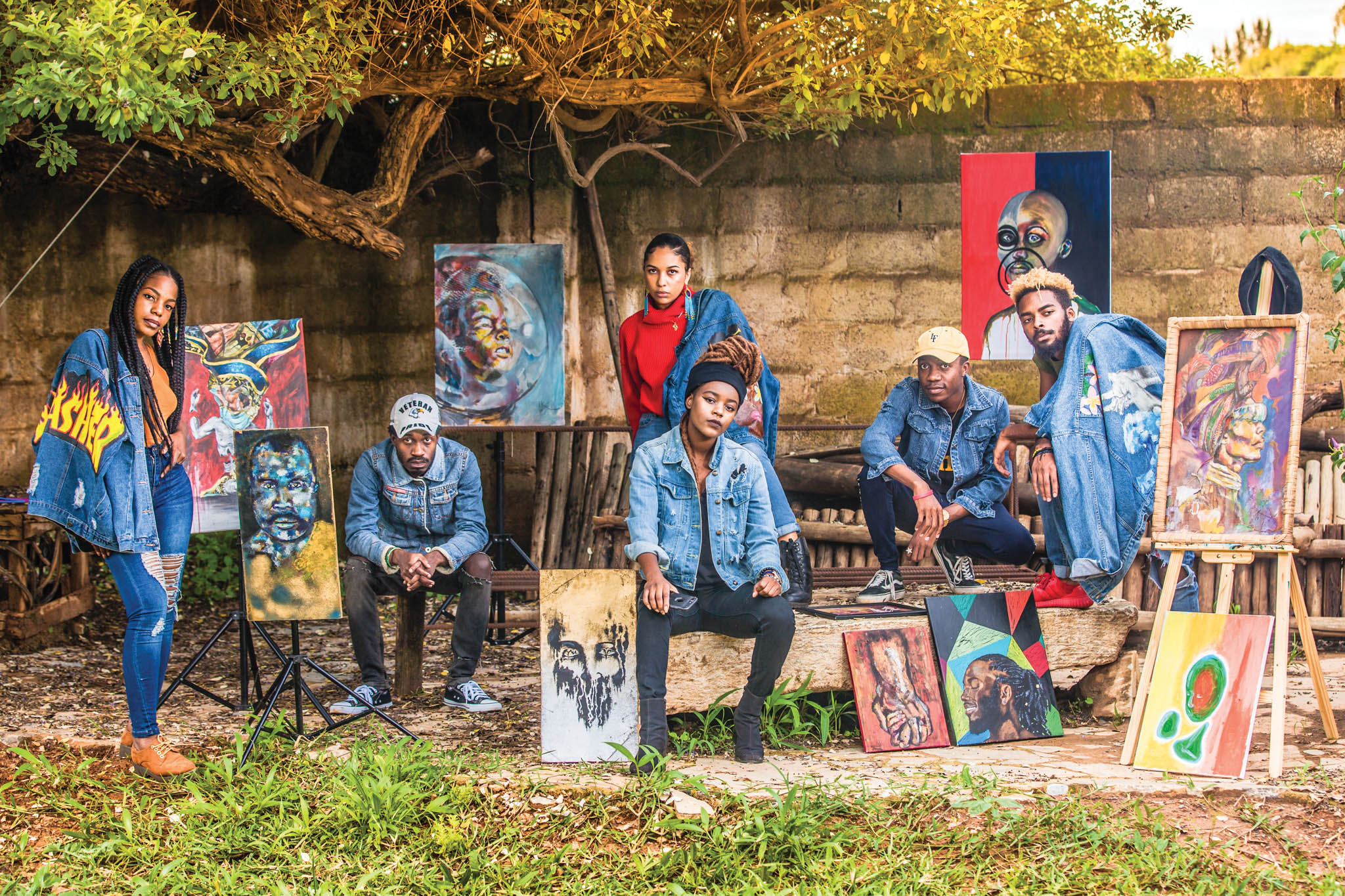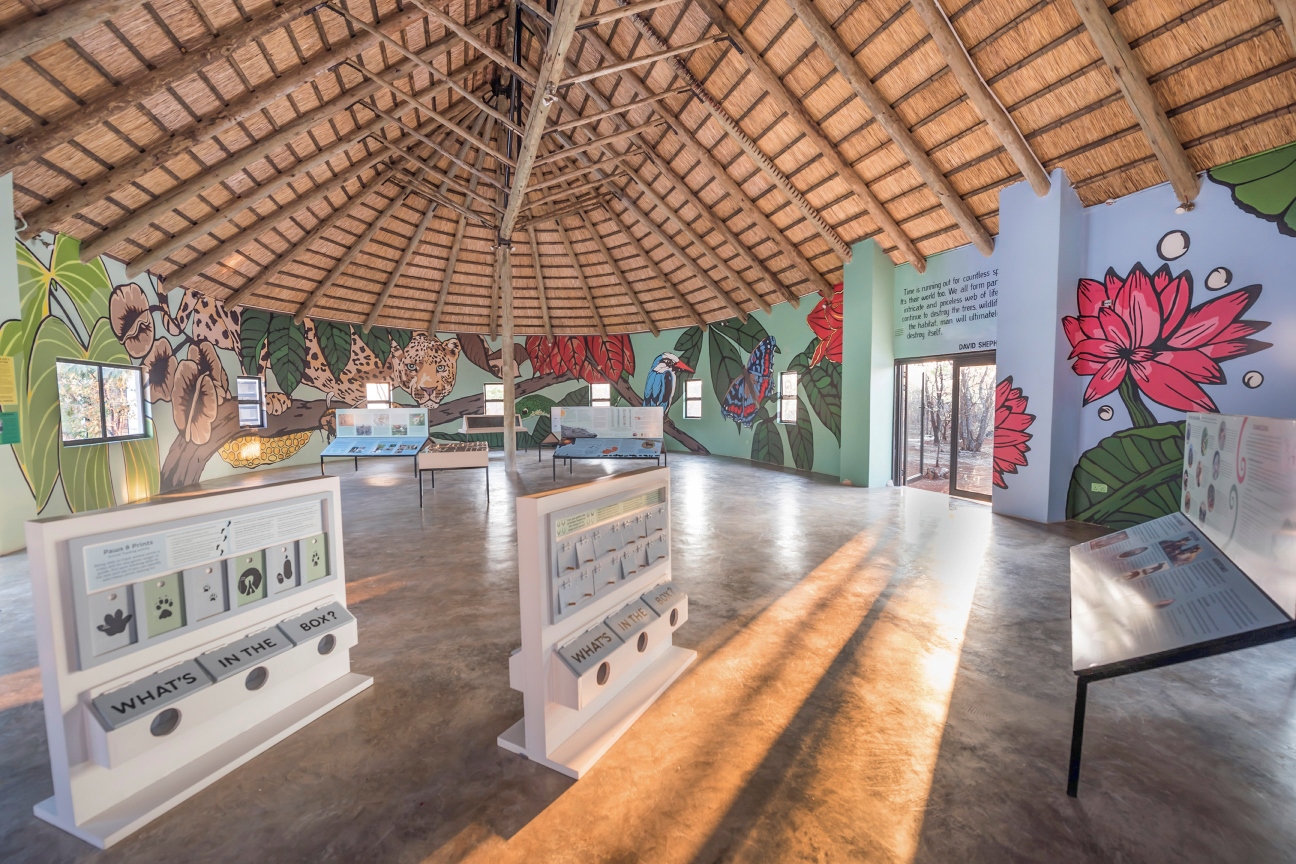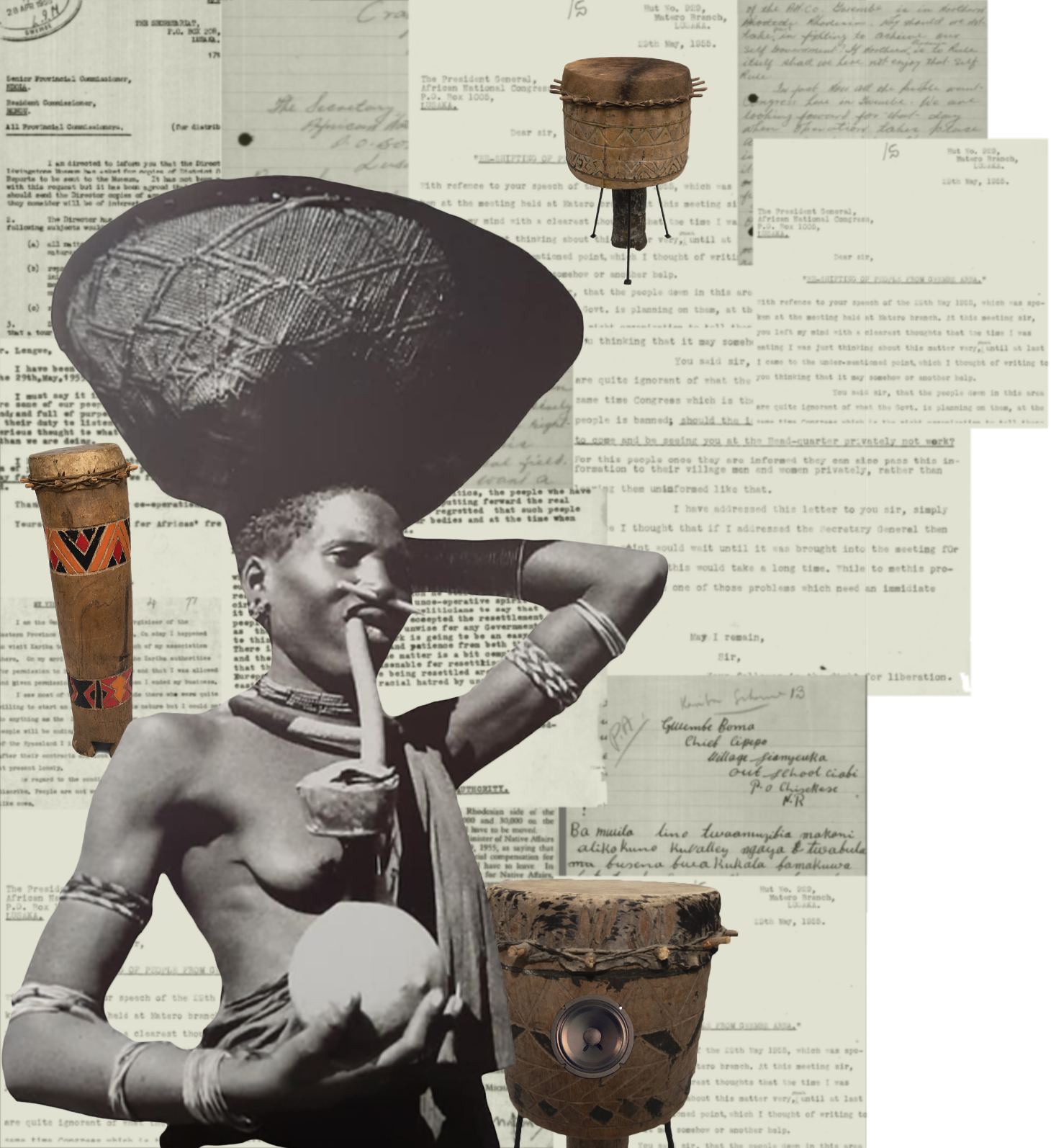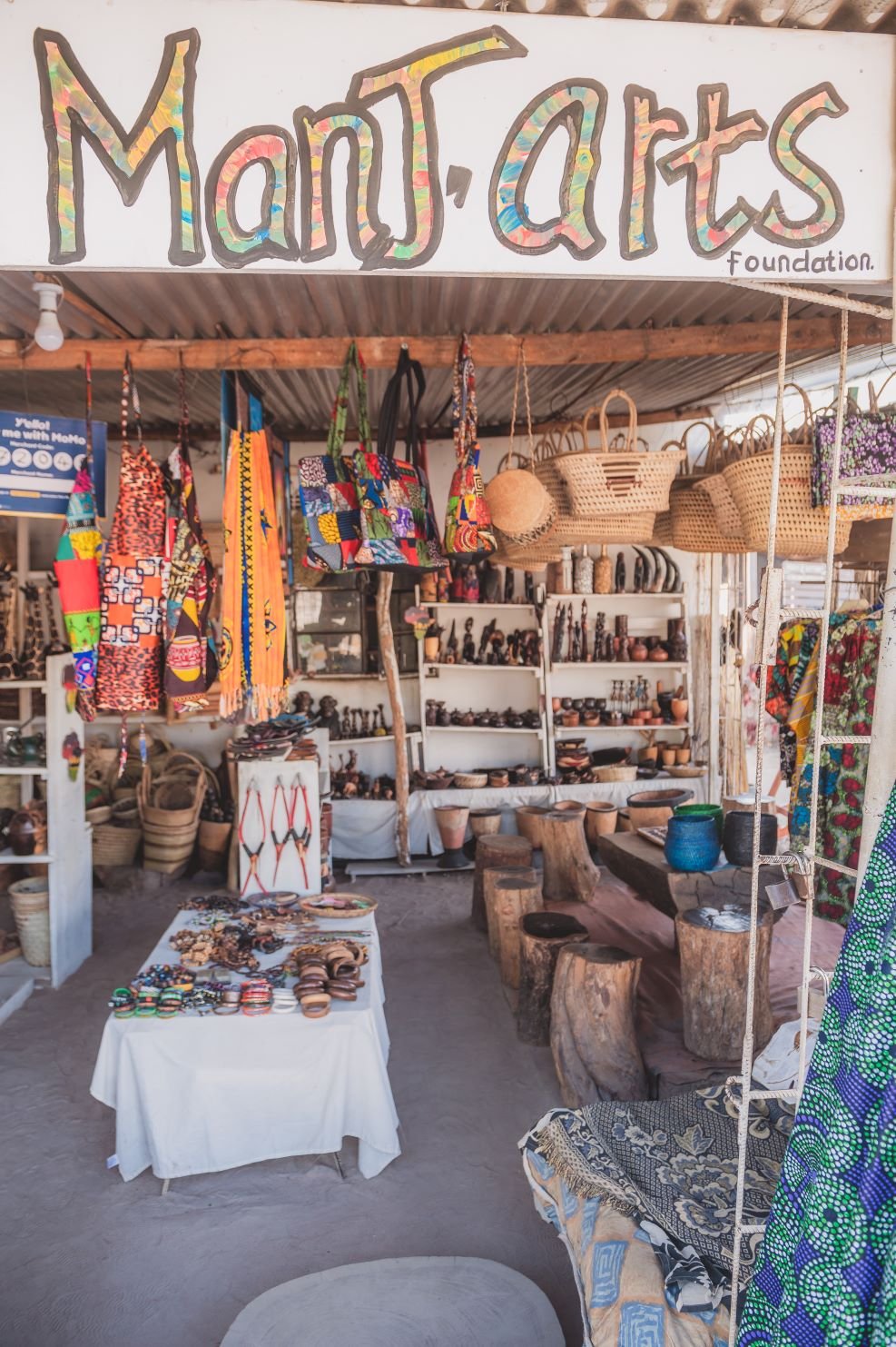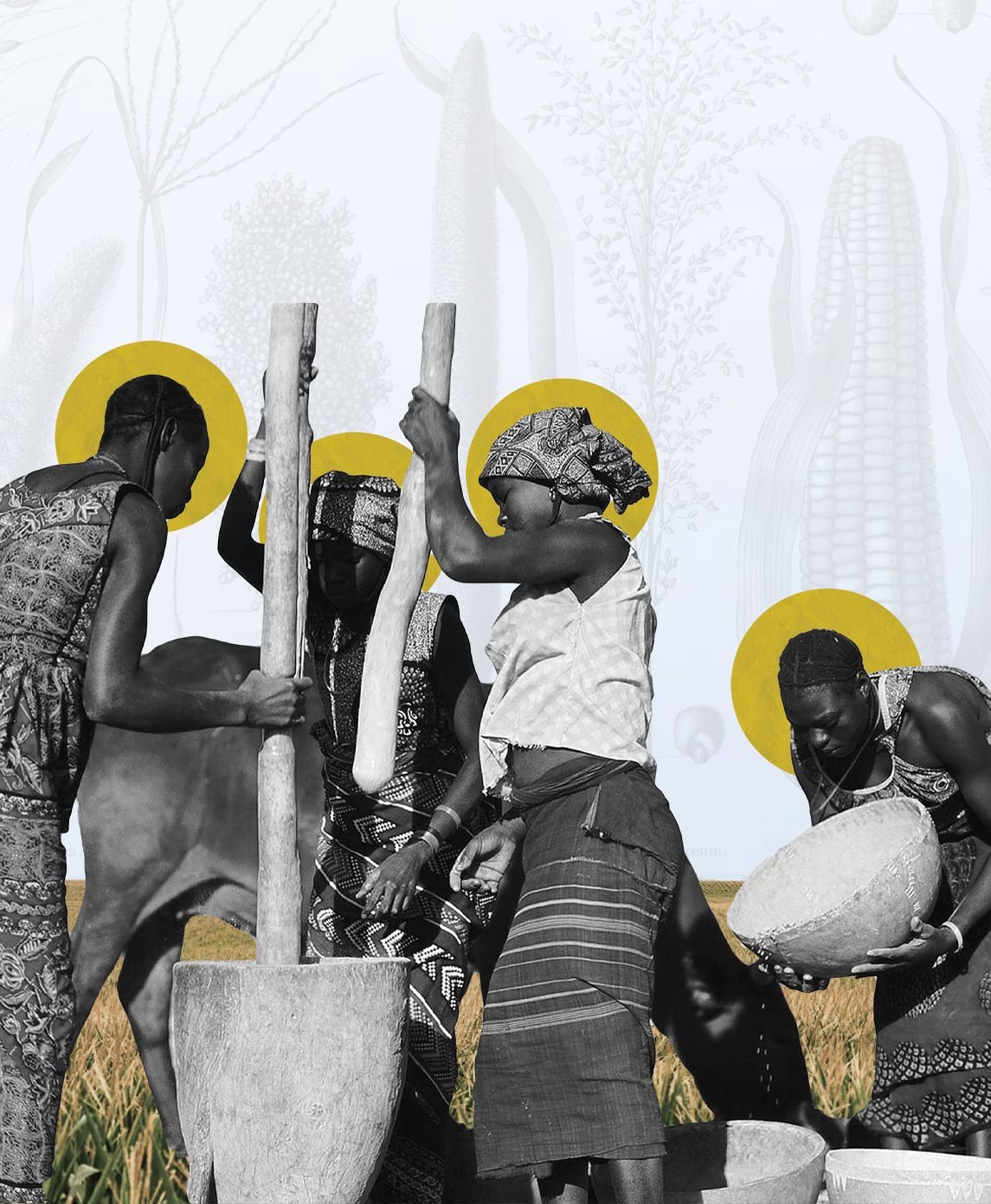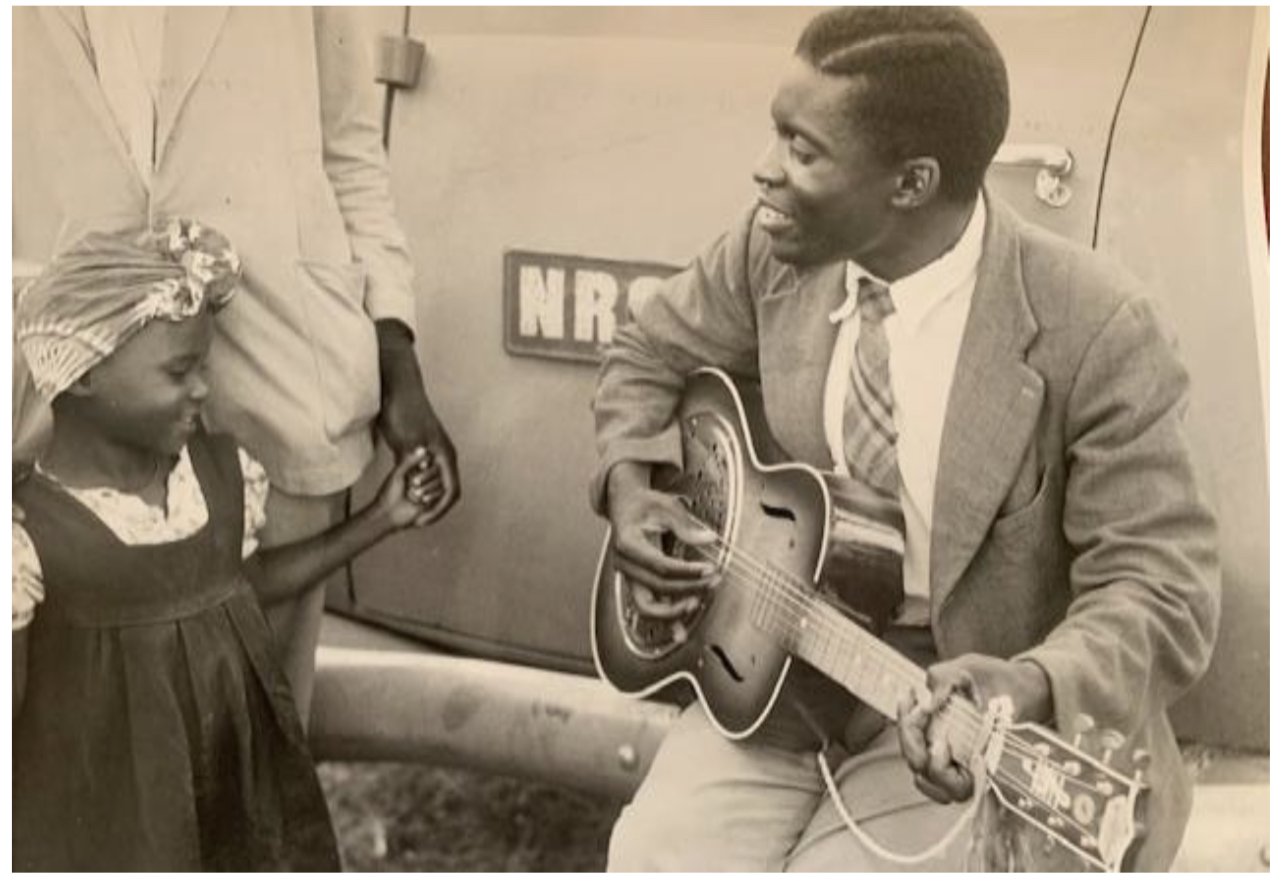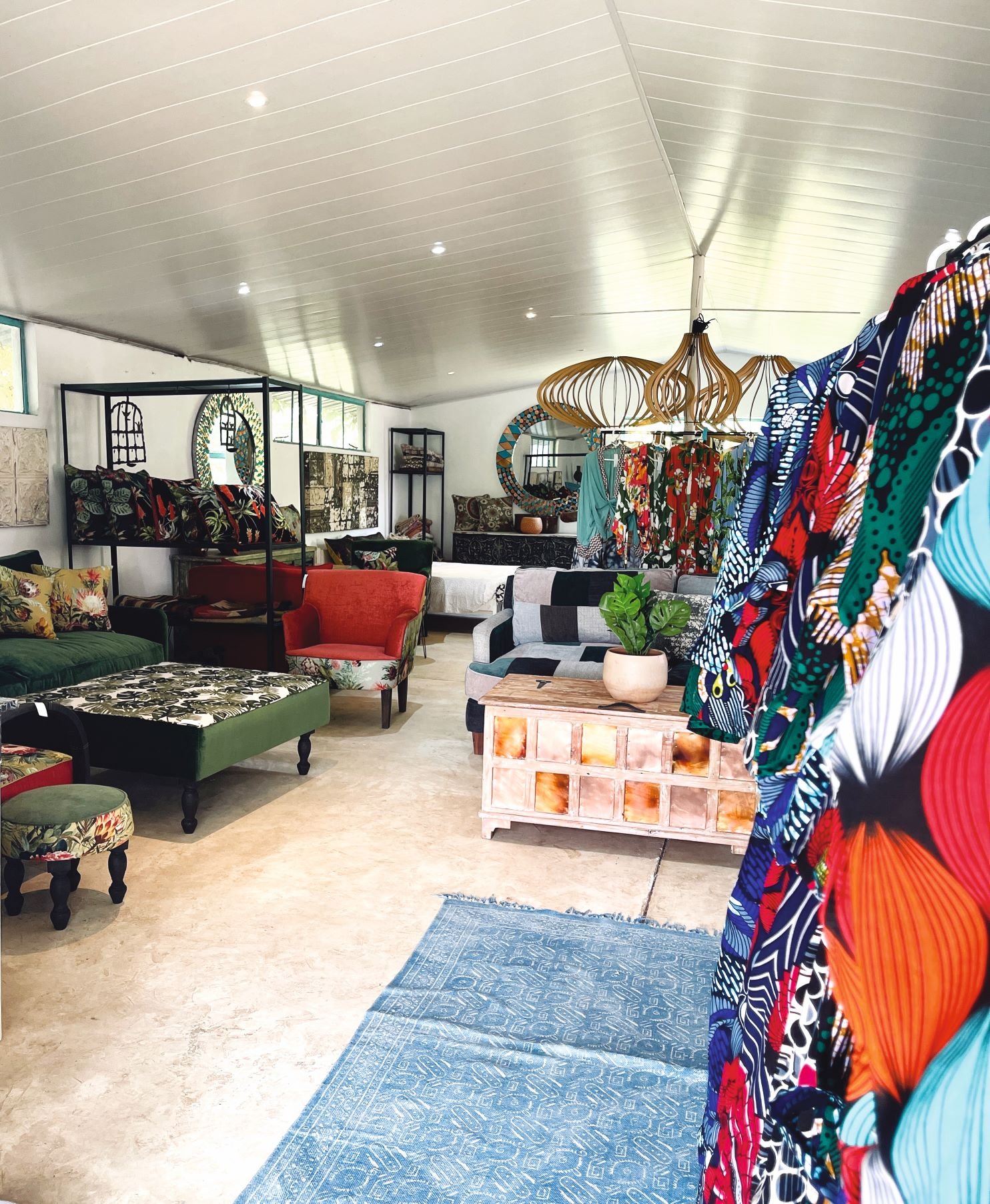There is more to Charles Chambata’s sculptures than what meets the eye. Trust me, this is not just another cliché. Charles’ artworks are formed against critically thought out ideologies which are carefully immortalised through realistic sculptures. A typical example is the work titled Infidelity, which is perched in the Changchun Sculpture Park in China. At first glance the statue seems to depict a couple at peace. However, Charles employs the seemingly romantic atmosphere of lovers lying in a serene garden to illustrate infidelity, something which, according to Charles, mankind is yet to understand.

“No matter how loving and close people in a relationship might be, one would not know what the other partner is contemplating about their love life”, Charles explains.
“Mankind cannot seem to tell what the next person is thinking about. Infidelity is one such act which can occur between two people who are seemingly in love and very close to each other.”
Infidelity went through three distinct stages of intricate production. Firstly it was painstakingly carved out of wood in Charles’ own studio back in Lusaka, then shipped to Changsha and went through a strict selection process supervised by Master Lei Yixin, a prominent Chinese sculptor, (China has a tradition of recognizing exceptional artists as masters). The sculpture was obviously selected and Charles was invited over to China to create a gigantic replica in clay, it was later cast in bronze in a state- of- the- art foundry at Master Lei’s own studio.

Charles is a celebrated artist at home and abroad, with huge creative footprints in the Chinese cities of Changchun and Changsha where he has erected statues, with themes ranging from humanity to spirituality and from automotive history to the environment.
Charles created his first larger than life sculpture out of marble in Changchun. No matter the size, sculpting in stone is a more challenging undertaking than molding anything out of clay. Stone sculpting involves the technique of subtracting, where any mistake can have a huge impact on the outcome of the artwork. While working with clay, artists add the material which can easily be removed at will without any serious aesthetic consequence.

Charles joined world class sculptors to create his work for the prestigious sculpture park in Changchun. By then he was a little known young artist from Garden Township in Lusaka carving out of wood. Charles had just emerged on the Zambian art scene as a self-taught painter and was still an apprentice in the Mulenga Chafilwa’s Imiti Ikula art program at the Henry Tayali Art Centre in Lusaka’s Showgrounds. The budding painter, whose artworks mainly highlighted everyday life on the sidelines of Lusaka, soon switched to wood sculptures, creating detailed female figurines in athletic postures. He was quickly noticed by renowned art collector and promoter, John Kapotwe who gave him a working space at his Namwandwe Gallery in Lusaka’s New Kasama.
He quickly grew in his new craft, although when he first applied and was selected to participate in the Changchun Sculpture Symposium in 2000, his critics did not think the up and coming artist was ripe enough to work with power tools to sculpt in stone and let alone permanently exhibit at an international symposium. Charles certainly proved his critics wrong when he carved a two-meter female figure he dubbed The Morning Stretch. The piece depicts a woman wrapped in drapery below the waist enjoying a relaxing stretch. Her feminine features finely carved as though they were formed with soft clay. This statue laid the groundwork for Charles’ career in China.
He was later invited to participate in creating sculptures for the Changchun Automotive Sculpture Park and the city’s museum. He created bronze works Driving Children to a Better Future and Bondage respectively.
And recently, Charles was among a number of international artists who transformed a children’s park with their installations and sculptures in Nepal. In the wood workshop which was anchored by the theme ‘Brick by Brick’ where each invited artist was asked to sculpt a small piece, each was joined as a centre piece around the interactive installations.
At home Charles’ notable works includes the crucifix perched at the altar in the Cathedral of the Child Jesus at Pope Square in Lusaka and another is a sculpture at the former German Embassy in Lusaka titled People Coming Out of Nature to Create a New World. The statue, created from concrete, defies his traditional approach and application of material. The work combines a living tree and has a more conceptual departure point. People Coming Out of Nature to Create a New World was later replicated at the German Embassy in Seoul, South Korea. Charles clearly illustrates how his creative pedigree is not only restricted to working in the comfort of his studio. His public works have also been created in Italy, Russia and Libya.
When he is not sculpting Charles enjoys reading and writing poems, a passion that he also shares at creative forums and within his inner circle. Charles is a three-time recipient of the prestigious Ngoma Awards, winning the 1998 Most Promising Artist, the 1999 Best Three-Dimensional Artist and the 2019 Most Outstanding Sculptor. He remains among the most widely collected local artists with works in Chaminuka, Namwandwe and Lechwe Trust collections. Although, Charles has found his creative passion in sculpting he continues to paint occasionally.


